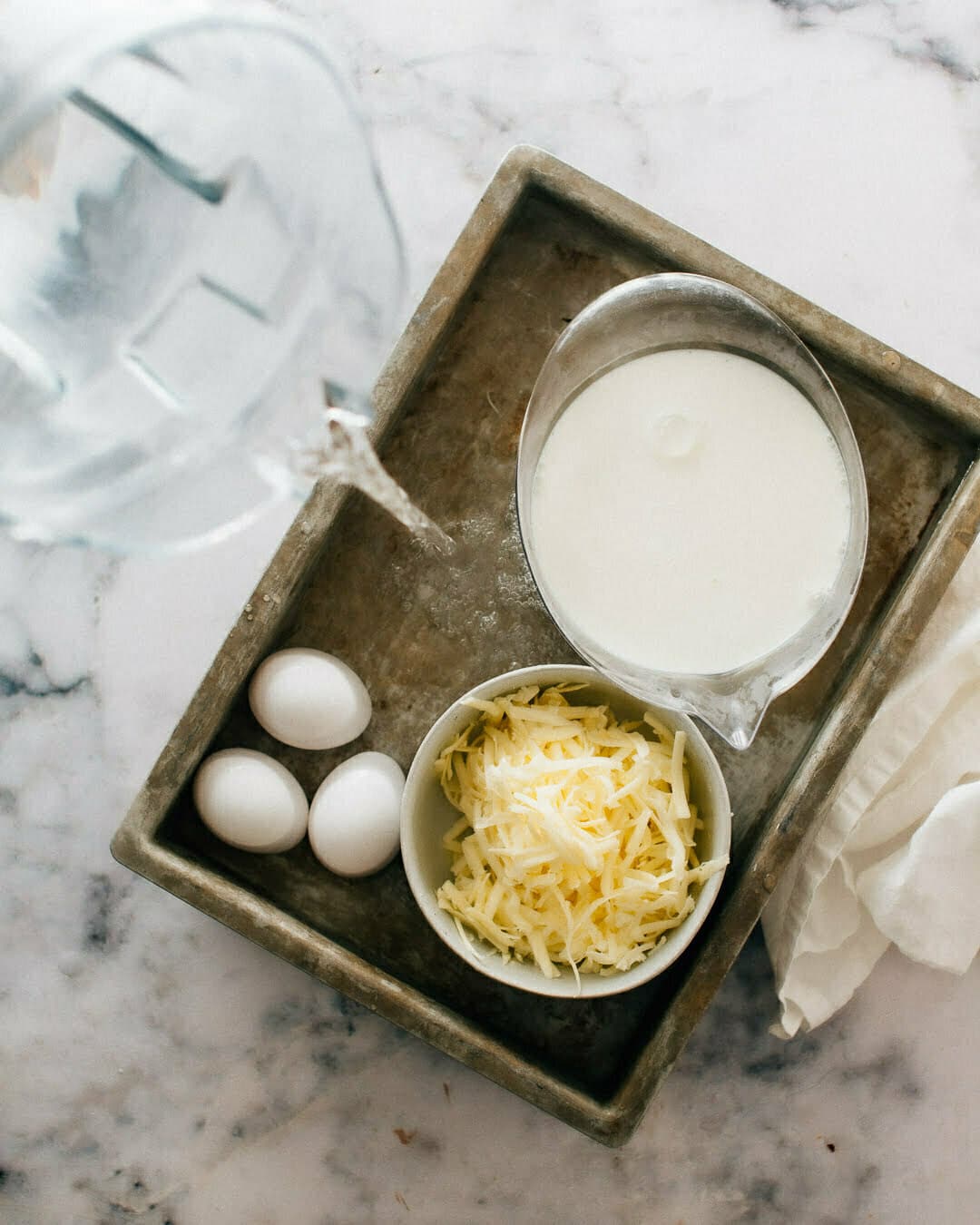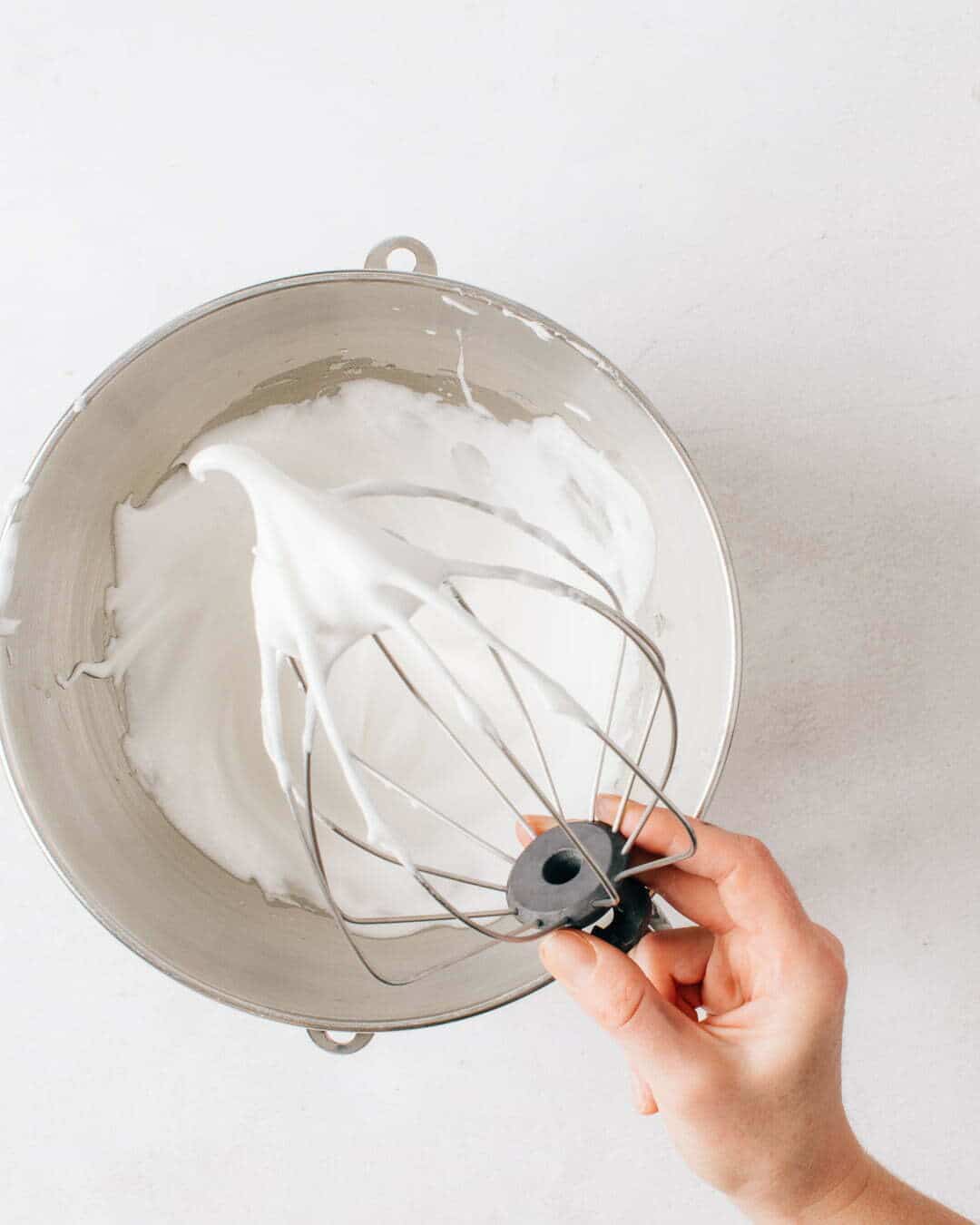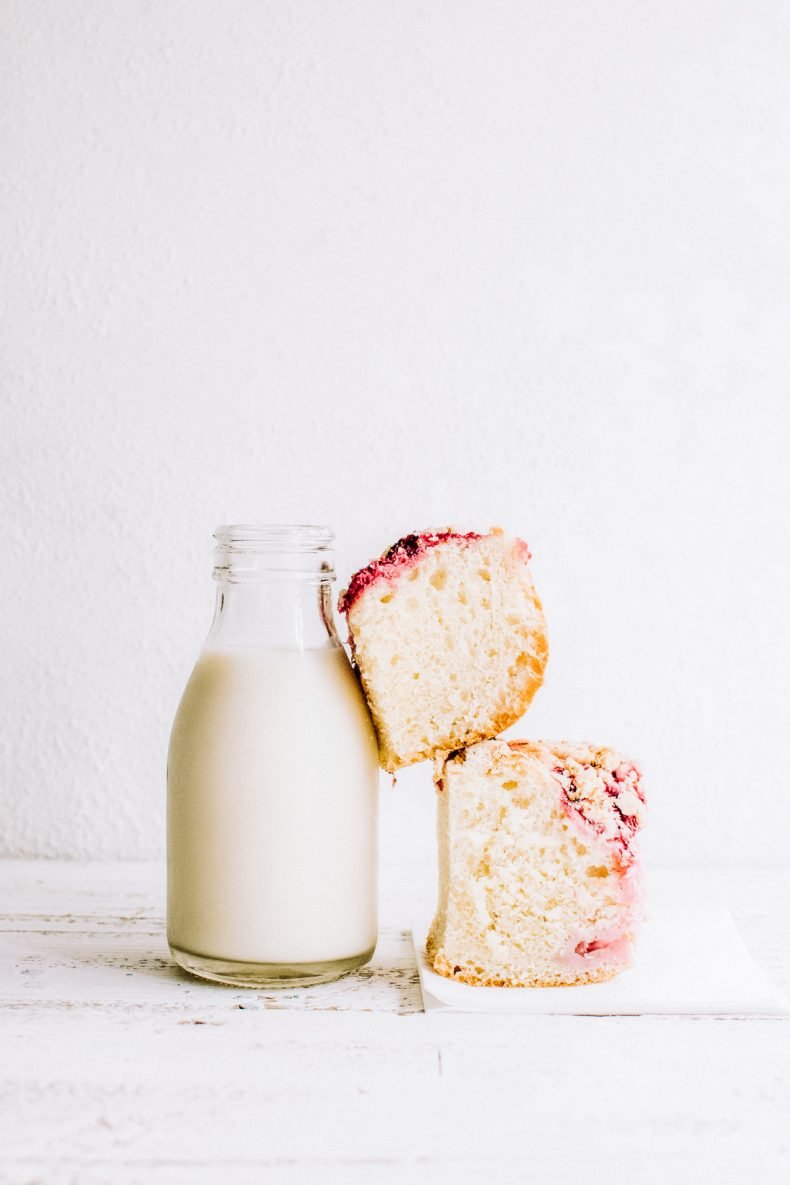How to Quickly Bring Ingredients to Room Temperature.
Feb 23, 2021, Updated Mar 03, 2021
You don’t need to plan hours in advance to have room-temperature ingredients. Here are my two favourite ways to quickly bring ingredients to room temperature, including the best, fastest ways to soften butter and warm eggs and milk for baking. Also, do you ever wonder why a recipe calls for room temperature eggs and milk, or if it’s even necessary? Read on for the science.
Why butter has to be soft for baking:
Temperature of butter is crucial to the creaming technique used in baking to incorporate air bubbles into butterfat and give a soft and fluffy cake or a cookie that has some lift. Too cold and it will not cream, too warm and the fat-air matrix collapses to an oily puddle.
Why do recipes call for room-temperature eggs?
- Warm eggs’ proteins unfold more readily than cold eggs, meaning they will aerate faster and whip up loftier.
- It prevents you from hardening your fat solids back up once you’ve carefully creamed and aerated the butter with the sugar (and the flour, if you’re reverse creaming).
- Room temperature eggs ensure a smooth incorporation of ingredients in the batter, allowing the fats to emulsify with the liquids for a smooth crumb.
- Having your ingredients the same temperature makes the recipe baking time a lot more reliable (if my batter is room temperature but yours contains 1 4 fridge-cold eggs, your cake won’t be done when mine was).
- It allows things to bake evenly. A cold batter would bake quickly where it is in direct contact with heat (like, the bottom and sides of the pan) while the middle remains raw.
Why do recipes call for room temperature milk?
There are 4 good reasons to use room-temperature milk, and they overlap with why we use room temperature eggs:
-
- It prevents you from hardening your fat solids back up once you’ve carefully creamed and aerated the butter with the sugar (and the flour, if you’re reverse creaming).
- Room temperature milk and other liquids ensure a smooth incorporation of ingredients in the batter, allowing the fats to emulsify with the liquids for a smooth crumb.
- Having your ingredients the same temperature makes the recipe baking time a lot more reliable (if my batter is room temperature but yours contains 1 1/2 cups of fridge-cold milk, your cake won’t be done when mine was).
- It allows things to bake evenly. A cold batter would bake quickly where it is in direct contact with heat (like, the bottom and sides of the pan) while the middle remains raw.
How long does it take to bring ingredients like milk, eggs and butter to room temperature on the counter?
It will depend on the quantity (are we talking 2 tablespoons or 2 cups of butter?) and surface area (grated butter scattered on a large plate will warm much faster than a 1-lb block). Generally, if simply left on the counter in a 70ºF room, eggs could take 30 minutes and a cup of milk could take 40. But there’s a quicker solution (the one you’re probably here for).
Quickest way to soften butter:
- How to quickly soften butter in the microwave: Measure out the butter you need for your recipe and cut it in cubes on a microwave-safe plate. Microwave on 50% power for 40-50 seconds, tossing cubes once, to soften it.
- How to quickly soften butter without a microwave: grate cold butter in a shallow bowl or pie plate. Place this bowl inside a larger baking dish with enough warm (not hot!) water to come most of the way up the sides of the inner bowl. Toss it around every 30 seconds or so to warm it up evenly. It should only take a few minutes.
How to quickly bring eggs to room temperature:
Place eggs in a large bowl and fill the bowl up with hot tap water. In about 5 minutes, the eggs will have warmed right up.
How to quickly bring milk to room temperature:
- Using the microwave: measure your milk into a microwave-safe measuring cup and microwave it in 10-second intervals, stirring after each, to warm it to just above room temperature (22ºC/72ºF).
- Without a microwave: measure your milk in a liquid measuring cup and then place it in a large mixing bowl. Carefully pour hot tap water into the bowl so it comes most of the way up the sides of the measuring cup to warm the milk. This will take 5-10 minutes depending on how much milk. Warming the milk in a shallower container will increase the surface area and bring it up to temp faster (just dirties another dish!)
PRO MOVE: How to quickly bring ingredients to room temperature together.
Before you do start your recipe, grab a 9x13x2″ baking pan. Grate your butter (or cut in small pieces) and place butter and milk in separate shallow bowls (this increases surface area and decreases warming time). Fill a large jug (or blender canister) with hot tap water and carefully pour it in, leaving an inch or so of space above the lowest bowl so that water doesn’t splash in.
This is a boss way to quickly bring all of the the ingredients to room temperature in one fell sweep. Stir the butter a few times during the process and remove it if it’s melting (but don’t stress, stirring it will even out the overall temperature).
While your recipe ingredients warm up, prep your pans, and weigh/measure and stir together your dry ingredients per your recipe. Your eggs, milk and butter will be ready for you by the time you’ve done the other tasks!
How do you know if eggs, milk and butter are room temperature?
You can use a meat thermometer! Stick it right in the milk or butter. Room temperature is about 70ºF. Crack and lightly whisk eggs before checking the temperature. Room temperature butter should feel cool (your hand temperature is warmer than room temperature, remember), and it will hold a fingerprint indent when pressed. When it’s too warm, it takes on an oily sheen.
















great tips I often am too impatient and use ingredients that are still probably too cold for room temperature, I really like the warm water bath, thank you!
Thanks so much Sabrina! I’m glad you found the tips useful.